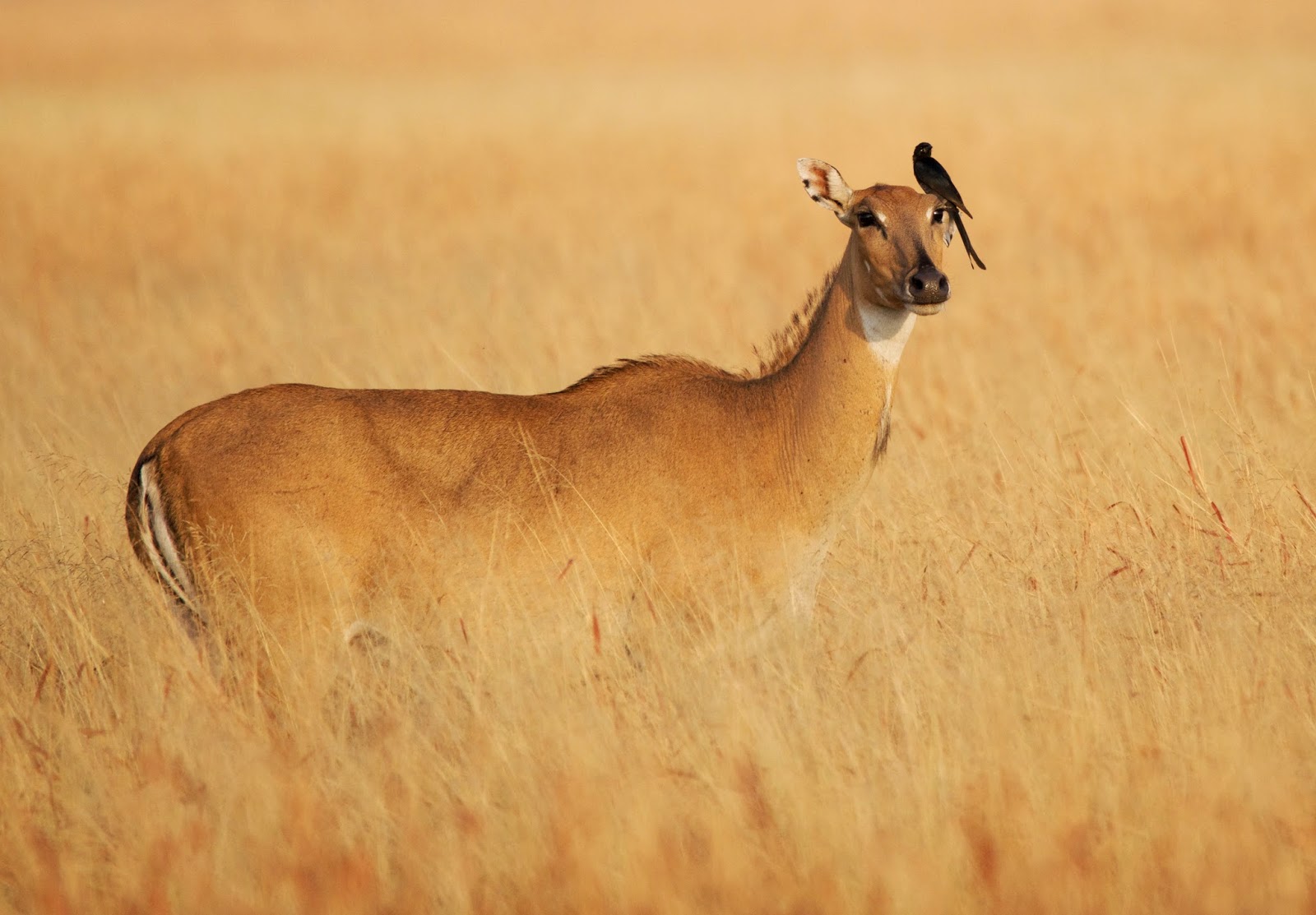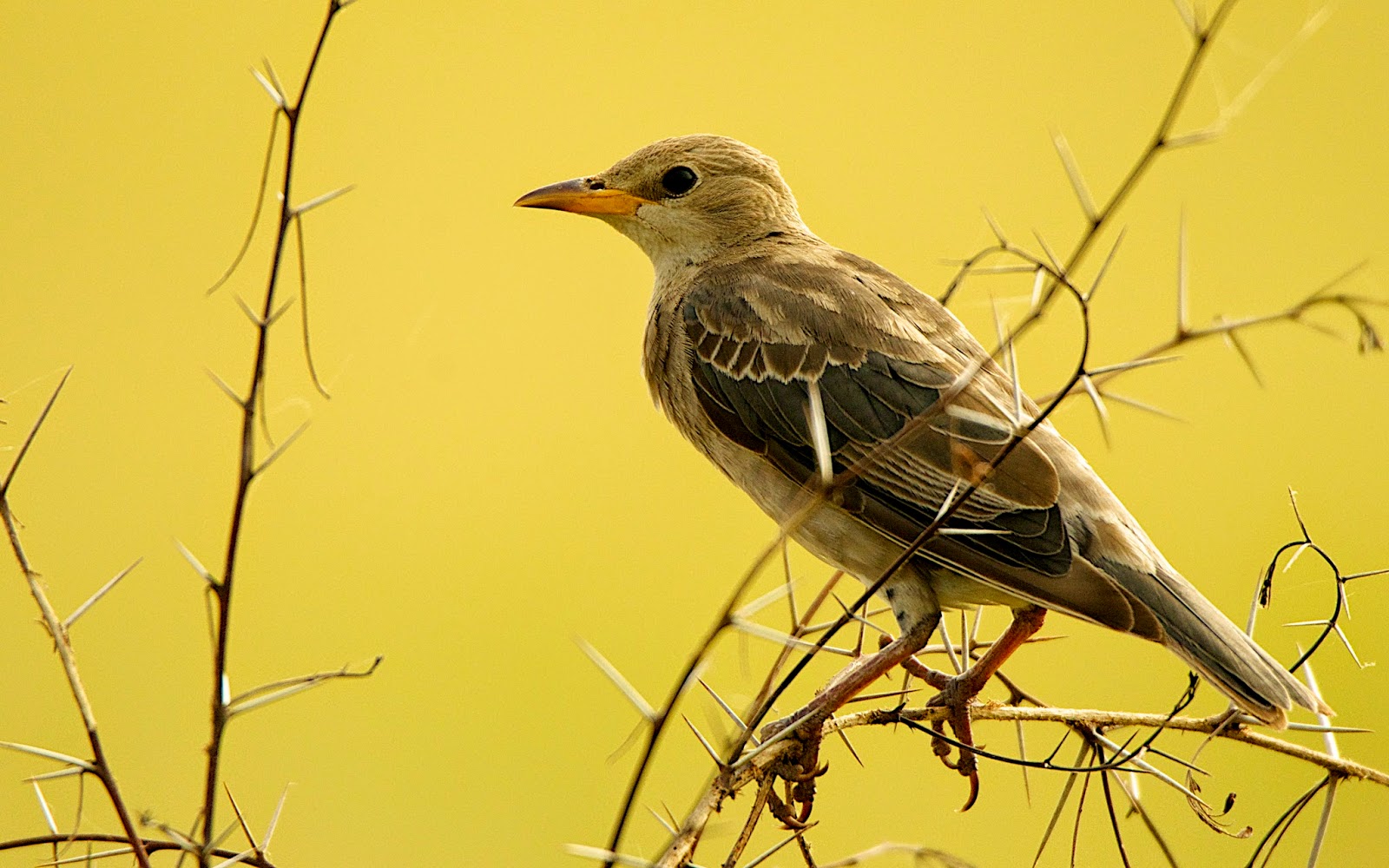Lions, leopards and more in
the Gir forests
The Gir Forest National Park and Wildlife Sanctuary (also known as Sasan-Gir) is a forest and wildlife sanctuary in Gujarat, India. Established in 1965, with a total area of 1412 km square (about 258 km² for the fully protected area (the national park) and (1153 km² for the Sanctuary), the park is located 43 km in the north-east from Somnath, 65 km to the south-east of Junagadh and 60 km to south west of Amreli.
It is the sole home of the Asiatic lions (Panthera leo persica) and is considered to be one of the most
important protected areas in Asia due to its supported species. The ecosystem of Gir, with its diverse flora and fauna, is protected as a result of the efforts of the government forest department, wildlife activists and NGOs. The forest area of Gir and its lions were declared as "protected" in the early 1900s by the Nawab of the princely state of Junagadh. This initiative assisted in the conservation of the lions whose population had plummeted to only 15 through slaughter for trophy hunting.
The April 2010 census recorded the lion-count in Gir at 411, an increase of 52 compared to 2005. The lion breeding programme covering the park and surrounding area has bred about 180 lions incaptivity since its inception.
My wife and me had planned a trip to the Gir forest for
quite sometime. And we had these series of holidays coming in the November- the
Guru Nanak Jayanti holidays on the 6th of November 2014, a working
day on the 7th, followed by Saturday and Sunday as holidays. Really a wonderful
opportunity to relax, shoot (as in photography- LOL) and just laze around in
the Nature’s lap. Things did not quite work out that way and I was shifted to the
Finance department just a day or two before this trip. My predecessor Dr
Hasmukh Adhiya wanted to give me some gurumantra
on the nitty-gritty’s of the state finance before he left this charge, but
I was more interested in getting the gurumantra
from the Gir lions.
So off we went from Gandhinagar in the afternoon of the 5th of November. We made a coffee halt at Limbdi at the excellent food court just beyond the Limbdi town, and then stopped only at Junagadh – to have a sumptuous dinner at the residence of Alok, the Collector of Junagadh. Returning to the same bungalow after a span of more than two decades along with my wife, we had several nostalgic moments- after all both our children grew up in the same bungalow and my younger son, Siddharth, was born in Junagadh, while Aditya used to play in the compound. Alok has taken good care of the place and at night the bungalow looked very alluring. We seem to realize the blessings of the place or our relations only when we move ahead …..
We then travelled to the Gir post dinner- to be the guests
at the famed Sinh Sadan corner suite. The road from Gandhinagar to Junagadh is
very decent and one can easily average 70-75 kmph, but after Junagadh, there
are patches, the road rumbles at a few places and the forest department has
also not encouraged a respectable two-lane road with broad shoulders. Well, as
these bad patches serve as natural speed moderators for cars and motorized
vehicles, one only hopes that the wildlife get a better road safety. In total
it is almost 7-8 hours from Gandhinagar- Ahmedabad to the Gir forest, and on
the whole an excellent drive.
A decade or so earlier, the Sinh Sadan or the forest guest
house used to be the only decent place to stay in the Gir, but now luxurious
resorts, guest houses etc, catering to all strata of tourists have come up.
Great for tourism, not so great for the harassed wildlife and the foresters. I
can surely say that Sinh Sadan still retains its old world charm, though it is
trying hard to keep up with the new players in town. In the morning we still
had the poha and tea (milk-tea to be
more exact) and aloo-paranthas. Really
we couldn’t have asked for a better breakfast to start the day.
Our forest visit was done both in the morning and evening of
the 6th – and we encountered variety of animals and birds in both forays. We
were lucky to see a large number of lions, and more significantly three
sightings of the elusive leopards. Birds of course were plentiful and I am sure
that had Gir not been a lion’s habitat, it would have been no less famous as a
bird sanctuary. Indeed Gir is an important destination on the itinerary of the
bird tours in Gujarat.
We used the Nikon D800 with the Tamron 150-600 mm lens. I continue to be a fan of this lens. The post production processing was done on Aperture.. still to use the Lightroom.
We used the Nikon D800 with the Tamron 150-600 mm lens. I continue to be a fan of this lens. The post production processing was done on Aperture.. still to use the Lightroom.
In the morning trip, we came across a pride of lions. we were particularly attracted to this young curious cub- said to be 8 months old. A lovely specimen it was...
Then we also passed across a battle scarred veteran - the scars well demonstrated its appetite for fight. I was able to shoot it against the sun, and the light filtering through its mane indeed looked golden.
Well, well, well, the hindsight is surely not pretty.
The leopard, crouching behind the shrubs in the shades had
merged so well in the surroundings that it was only the trained eyes of our
guide that we could recognize it. And very soon , it left the place – equally
hastlily and elusively. We were really lucky to see the leopard three times on the same day, but were able to shoot it only one time. Here it was and then it was not...
The chitals are perhaps over 60000 in number- such a pretty specimen and keep the food cycle of the lions and leopards in circulation. The chitals were normally in herds, but we managed to shoot this lonely one, almost lost and looking for its kinsmen.
Around evening time, the egrets found this perch around the Kamleshwar dam- the famous water body in the Gir forest and now the ultimate source of water in the Gir.

And even the green bee-eaters huddled in company around the dam- apparently all these birds would feast on the insects and other fauna around the water body. Incidentally this photo was selected by Flickr Explore and thus became my highest viewed and faved photo on the Flickr.
And how could I miss my favorite King fisher- the white throated one. I found this all around the water bodies in Gujarat - Velavadar, Gir and even Punit van in Gandhinagar.
I took this shot is of steppe eagle, just when it was preparing for the flight.
I had kept my camera ready in anticipation and the eagle obliged. The next shot
is the White -eyed Buzzard.
And the bulbuls- my name sake.... Another beautiful bird specimen.
Another bird species the double striped thick knee (Burhinus bistriatus) which shows how the flora and fauna can camouflage in nature and can practically go unobserved. This bird was practically indistinct from its surroundings, much like the leopards.
You can visit my photostream on flickr at https://www.flickr.com/photos/39456218@N00/





























